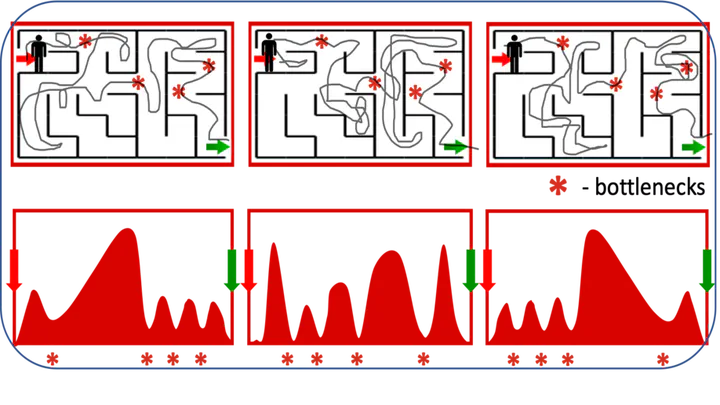Time-Agnostic Prediction: Predicting Predictable Video Frames
Jan 1, 1010·
,
,
,
·
0 min read
Dinesh Jayaraman
Frederik Ebert
Alexei a Efros
Sergey Levine

Abstract
Prediction is arguably one of the most basic functions of an intelligent system. In general, the problem of predicting events in the future or between two waypoints is exceedingly difficult. However, most phenomena naturally pass through relatively predictable bottlenecks—while we cannot predict the precise trajectory of a robot arm between being at rest and holding an object up, we can be certain that it must have picked the object up. To exploit this, we decouple visual prediction from a rigid notion of time. While conventional approaches predict frames at regularly spaced temporal intervals, our time-agnostic predictors (TAP) are not tied to specific times so that they may instead discover predictable “bottleneck” frames no matter when they occur. We evaluate our approach for future and intermediate frame prediction across three robotic manipulation tasks. Our predictions are not only of higher visual quality, but also correspond to coherent semantic subgoals in temporally extended tasks.
Type
Publication
In ICLR